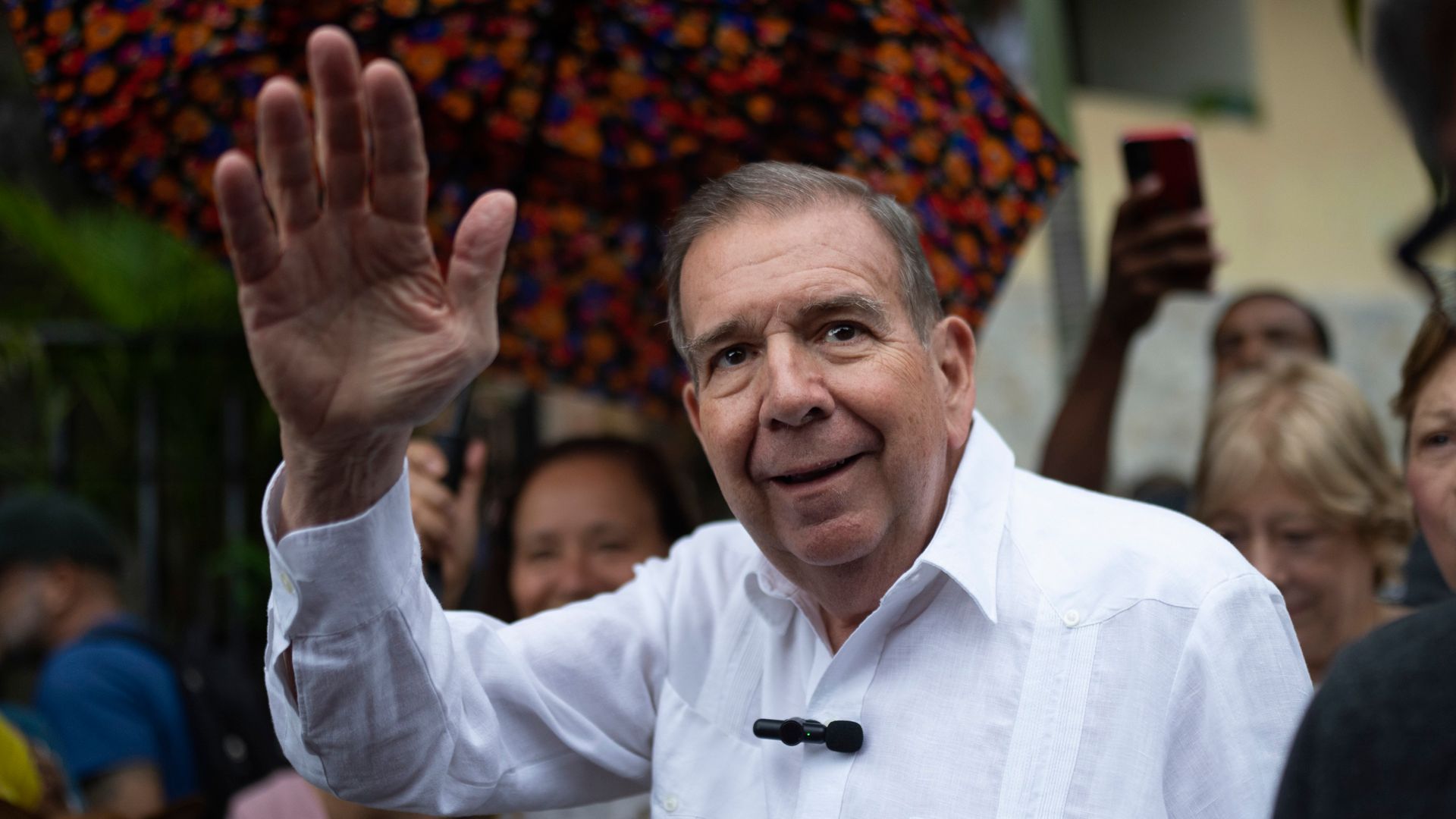Kim Jong-Un started as the baby-faced dictator. Now, ten years into his rule, he’s one of the longest serving world leaders.
That did not seem inevitable after the death of his father Kim Jong-Il in 2011.
Most people had a prediction to offer – that the millennial Kim would be unable to assert control over the generals, leading to the end of the Kim dynasty. Or that, educated in the West and a fan of basketball, he would lead socialist North Korea through market reforms, as seen in China and Vietnam.
Ruthless killer
Both were wrong. Kim quickly proved his ruthlessness. In 2013, he executed his uncle Jang Song-thaek.
In 2017, he ordered the assassination of his half-brother Kim Jong-nam, the previous heir apparent. Arriving at Kuala Lumpur airport, Kim Jong-nam was smeared with VX, a deadly nerve agent. He was dead 20 minutes later.
A report from the Transitional Justice Working Group, a South Korean NGO, has documented 23 public executions since Kim Jong-un took power, mostly by firing squad. The real number is likely far higher.
Kim Yong Ju: Younger brother of North Korea founder Kim Il Sung dies
North Korea breeding ornamental black swans for meat as Kim Jong Un battles ongoing food crisis
North Korea: Soldiers break bricks, lay on glass and throw knives as Kim Jong Un smiles on
Those touting Kim’s Swiss school days should have remembered the examples of Syria’s Bashar al-Assad, Egypt’s Gamal Mubarak and Iran’s Hassan Rouhani, all educated in the West. Posh schools don’t preclude cold-bloodedness, especially when power is at stake.
Economic reforms
As for economic reform, there were some hints. In 2016, Kim announced his byugjin policy of parallel economic and military development. And it was striking that Korean state media were happy to show images of the wealth of Singapore when he visited for the first summit with President Donald Trump (more on that later).
But military might was always going to trump economics. North Korea pressed ahead with missile development ahead of anything else. That led to sanctions and, along with the impact of COVID and fewer imports from China, a state of emergency.
This year Kim said the country faced another “arduous march” – a term also used to refer to a famine in the 1990s which killed hundreds of thousands of people.
Rocket man
And it was military might that led to the most remarkable moments of Kim’s reign so far. In 2017, North Korea ramped up its missile and nuclear warhead testing.
The prospect of conflict with the US seemed real, especially as the leaders of both countries started a very public slanging match.
President Trump called Kim a “rocket man”. Kim proved he knew his way around a thesaurus when he called Trump a “dotard”, throwing in “mentally deranged” for good measure.
Please use Chrome browser for a more accessible video player
Kim’s masterstroke, though, was to offer to meet Trump – the sort of prime time diplomacy that the US president couldn’t resist. It was a coup for Kim – he did something his father and grandfather never managed, becoming the first North Korean leader to meet a sitting US president. No preconditions were attached.
The first summit, in Singapore, was extraordinary. Trump said he had developed “a very special bond” with the dictator, who he described as a “very talented man”. But there was little in terms of concrete achievement – a signed commitment to the complete denuclearisation of the Korean peninsula but little on how to achieve that.
Despite Trump’s affection for Kim – Trump would later say “We fell in love” – the second summit, in Hanoi, was a washout, with North Korea balking at US demands and walking away from negotiations.
Since then, it’s been a stalemate, one partly prolonged by COVID.
Kim faces a new US president, one evidently not in love with him, and a difficult situation. But over a decade, he has proved his wiliness and his ruthlessness.
Biden is unlikely to be the last US President Kim Jong-un squares up against.






















